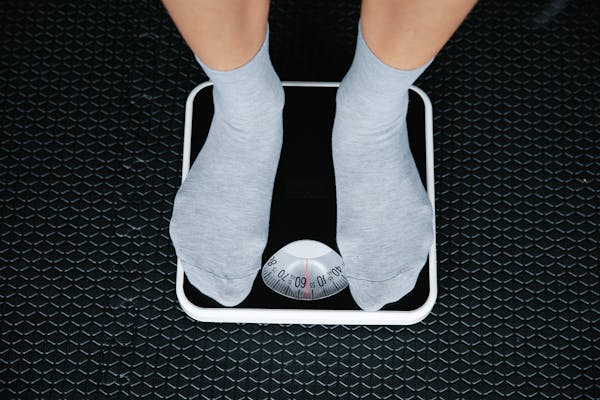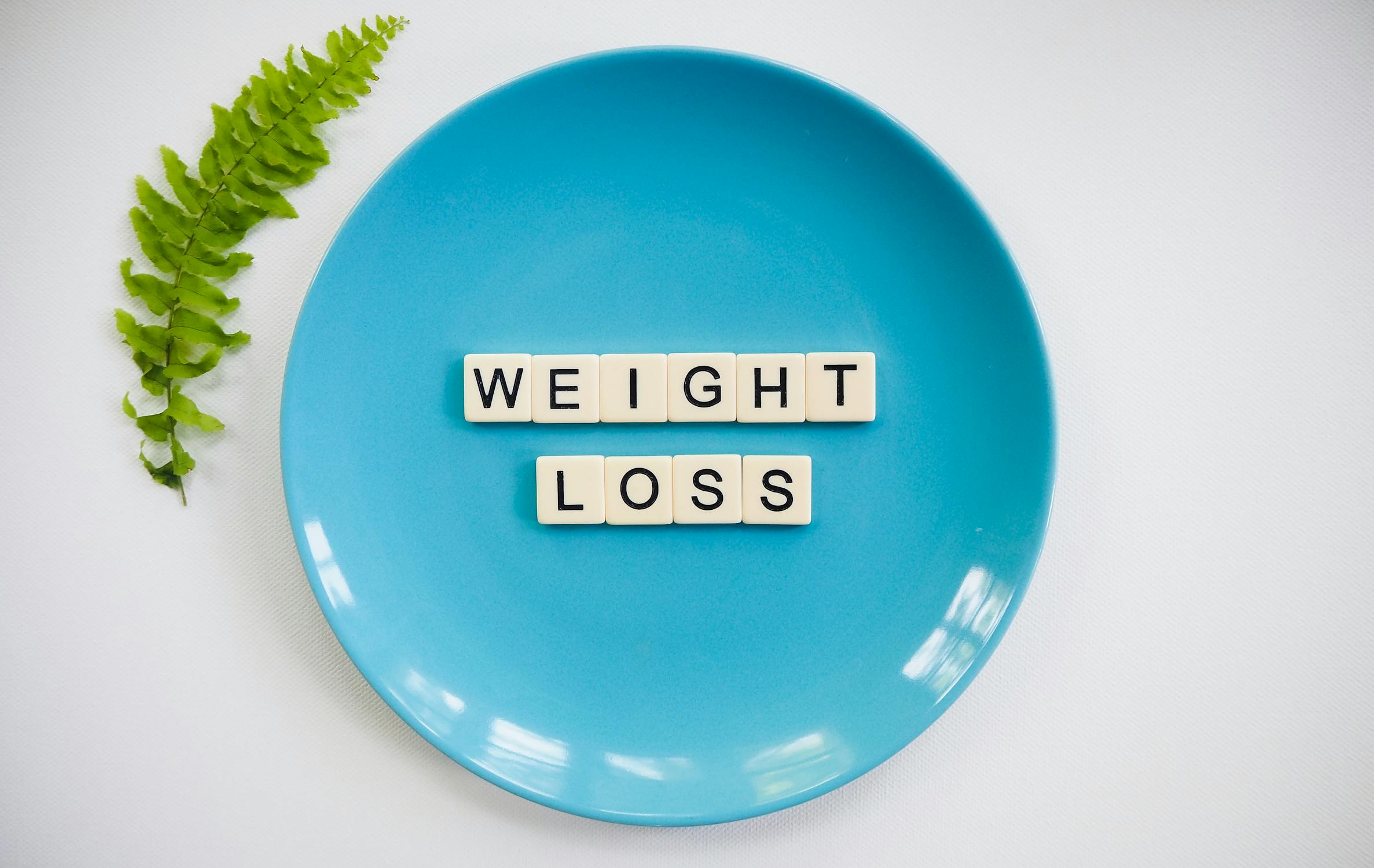[ad_1]

A new research released in Diabetologia (the journal of the European Association for the Examine of Diabetic issues [EASD]) finds that next a time-restricted having (TRE) protocol, which limits food stuff consumption to a highest 10-hour time window, reveals promising useful metabolic effects in older people with sort 2 diabetic issues (T2D). The exploration was conducted by Prof. Patrick Schrauwen, Charlotte Andriessen and colleagues at NUTRIM School of Diet and Translational Research in Metabolic rate, Maastricht University Professional medical Middle, the Netherlands.
Our modern day 24-hour society is characterised by countless food items availability and disrupted working day-evening rhythm brought on by irregular rest-activity patterns and repeated exposure to synthetic mild sources. In Western nations, folks also are inclined to spread their every day meals consumption above a bare minimum of 14 hours, which is likely to final result in the absence of a real, nocturnal fasting state. These factors all lead to the improvement of T2D, which has turn into a person of the most prevalent metabolic ailments globally, approximated by the Earth Overall health Corporation to bring about a lot more than 1.5 million fatalities per yr.
TRE is a novel technique for increasing metabolic wellbeing and is supposed to counteract the detrimental consequences of feeding on during the working day by limiting the duration of food stuff intake (normally 12 hours or a lot less) and restore the cycle of daytime feeding on and prolonged fasting through the evening and evening.
Preceding experiments display that TRE potential customers to promising metabolic modifications in individuals with chubby or being overweight, which includes increased excess fat burning, lessened blood sugar ranges and improved insulin sensitivity but these consequences have not been researched in depth. In addition, though these final results are promising, these experiments utilized particularly limited consuming time windows (6-8 hrs) and extremely managed analyze configurations, producing such protocols tough to implement in everyday existence. TRE is from time to time accompanied by unintended fat loss, which would be expected to increase metabolic health, but these enhancements have also been claimed in the absence of pounds reduction, indicating that more mechanisms are involved in how limited eating influences metabolic rate.
Men and women with impaired metabolic overall health experience alterations in the rhythms of metabolic procedures, in contrast to balanced, lean people today and the authors hypothesize that a disturbed feed-fasting cycle contributes to these impairments in metabolic rhythms. They advise that restricting food stuff ingestion to daytime only and extending the size of the nocturnal quick may well have helpful results on metabolic wellbeing.
The researchers recruited 14 individuals with T2D for the research, aged between 50 and 75 decades (7 male, 7 woman, regular age 67.5 yrs) and physique mass index (BMI) ≥25 kg/m2. The analyze consisted of two 3-week intervention intervals: TRE and command (CON), divided by a wash-out interval of at the very least 4 weeks. At the start of each and every intervention, individuals experienced their human body excess weight measured and ended up equipped with a continual glucose monitoring (CGM) device, which measured their blood sugar level each and every 15 minutes. They have been instructed to continue to keep to their usual slumber styles and bodily action, and to manage a steady pounds. A food stuff and snooze diary done during the initially intervention was used to ensure that diet program for the duration of the 2nd period was related in both amount and quality.
In the course of TRE contributors have been instructed to take in their ordinary diet in a 10-hour window all through the daytime, and to entire their food items intake by no afterwards than 6:00 in the evening. Outside the house this time window they were being permitted to consume water, plain tea, or black coffee, and zero-calorie smooth drinks were also permitted throughout the night if consumed in moderation. Throughout CON, volunteers were being only needed to unfold their ordinary food items intake above at the very least 14 several hours, with no other limitations.
The feeding on window for TRE averaged 9.1 several hours in comparison to 13.4 several hours in CON, when rest-wake styles were identical in every circumstance, with indicate slumber durations of 8.1 hrs and 8. several hours respectively. Suggest overall body mass was similar at the commence of both of those TRE and CON, and though volunteers were being instructed to remain weight-steady, a compact but statistically major weight reduction happened in reaction to TRE but not CON.
TRE was discovered to minimize 24-hour glucose concentrations, mainly as a outcome of decreased nocturnal blood sugar, and the common time put in with blood glucose in the standard array improved to 15.1 several hours versus 12.2 hrs all through the CON phase. Morning fasting glucose was continuously reduce among the the TRE group than those people on the regulate diet regime, which may possibly have been the result of long lasting changes in nocturnal glucose management. Time put in in hypoglycemia (very low blood sugar) was not significantly elevated by TRE and no severe adverse results have been described ensuing from the protocol, demonstrating that an taking in window of around 10 hours is a safe and powerful life-style intervention for grown ups with T2D.
Roughly fifty percent-way through every single intervention, liver glycogen amounts have been assessed in the early morning next the 10-hour or 14-hour nighttime quickly period of time, and have been calculated all over again at the conclusion of just about every research period following an 11-hour fast for both of those TRE and CON. In both situations, liver glycogen did not differ significantly in between TRE and CON and an analysis of liver fat confirmed no variation in their quantity or composition in between interventions.
In contrast to a former research into TRE, this a single did not present that the protocol had any impact on insulin sensitivity. However, the earlier investigation experienced made use of a considerably shorter 6-hour foodstuff consumption window with the final food currently being eaten at 3:00 in the afternoon. This resulted in a more time fasting interval, which may have been much more efficient but was felt to be unrealistic to include into the way of life of most grownups with T2D. The workforce advises, “Long term scientific tests will be essential to expose no matter if the period of the fasting period of time is in fact very important in determining optimistic outcomes on insulin sensitivity.”
The authors say, “Mechanisms fundamental the enhancement in glucose regulation on TRE continue to be unclear. Our final results display that TRE did not strengthen peripheral and liver insulin sensitivity, skeletal muscle mass mitochondrial functionality, electricity metabolic process or liver excess fat information, all of which are identified to be influenced in T2D.” They propose that the mechanisms concerned in the consequences and their implications should really be investigated even further, with individual concentrate on finding out nocturnal glucose metabolism in more detail.
Restrictions of this analysis include things like its reasonably quick duration and that some but not all participants had been on glucose-lowering treatment, which may possibly have induced TRE to have much less impact. Even with this, a 3-7 days intervention period of time has been observed to be long sufficient to affect the variables getting analyzed, and the authors spotlight that only recruiting volunteers who ended up not on treatment would reduce the study’s relevance to the normal T2D population.
The authors conclude, “A daytime 10 hour TRE regimen for 3 months decreases glucose stages and prolongs the time used in the usual blood sugar array in grown ups with T2D as in contrast with spreading each day meals intake in excess of at the very least 14 hrs. These facts emphasize the prospective benefit of TRE in T2D.”
They also advise, “Because our TRE protocol was possible and safe and sound, and resulted in improved 24-hour glucose ranges, it would be appealing to look at the affect of 10-hour TRE on glucose regulation and insulin sensitivity in sort 2 diabetes in the extended expression to handle the clinical relevance of TRE.”
Taking in in advance of 8:30 a.m. could reduce hazard factors for form 2 diabetic issues
3 months of time-limited having enhances glucose homeostasis in grownups with form 2 diabetic issues but does not make improvements to insulin sensitivity: a randomised crossover trial, Diabetologia (2022).
Quotation:
Limiting foods intake to daytime exhibits promising beneficial metabolic consequences in adults with variety 2 diabetic issues (2022, July 25)
retrieved 29 July 2022
from https://medicalxpress.com/news/2022-07-limiting-meals-consumption-daytime-effective.html
This doc is topic to copyright. Apart from any fair working for the intent of personal research or research, no
aspect may be reproduced devoid of the composed authorization. The written content is offered for details purposes only.
[ad_2]
Supply url






